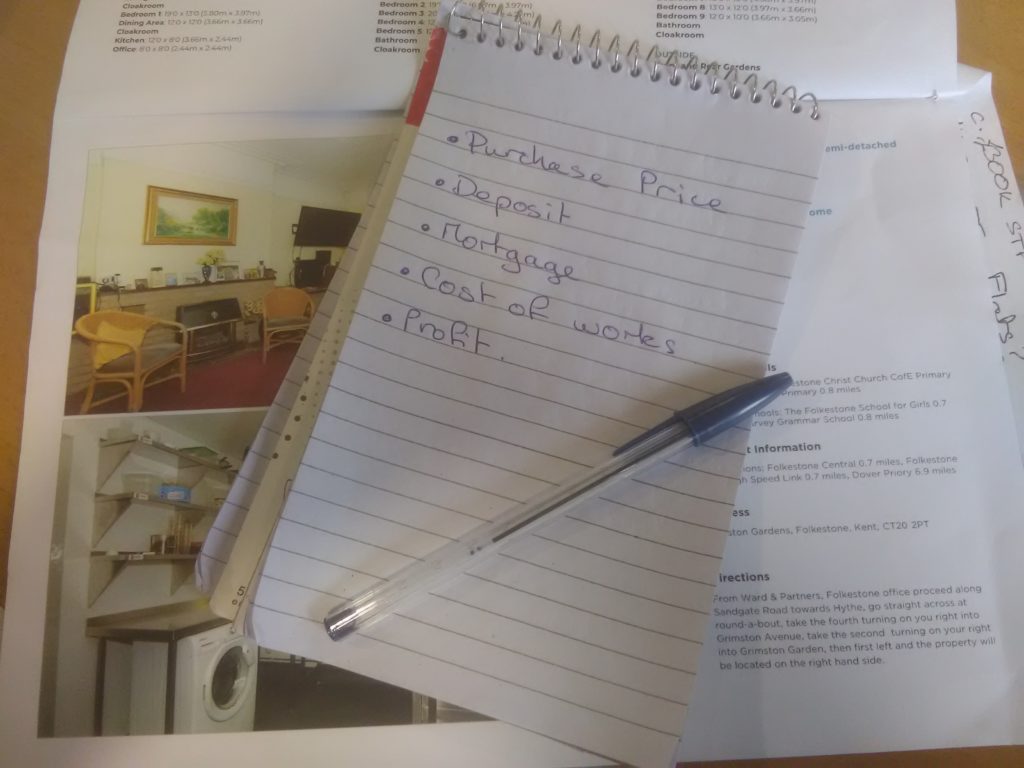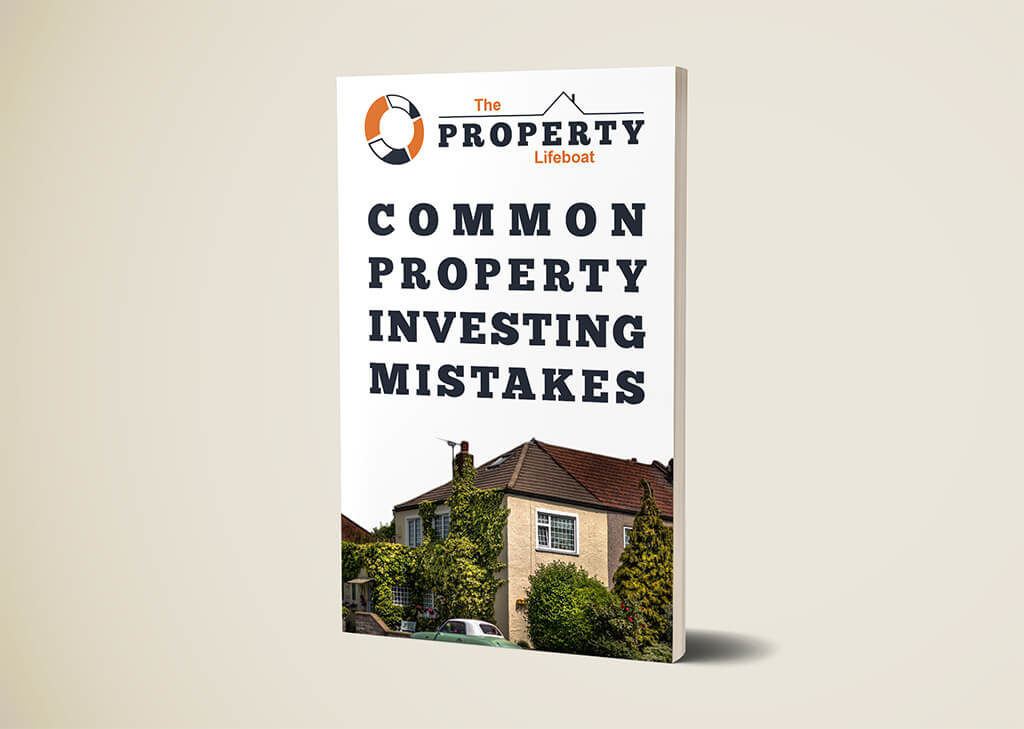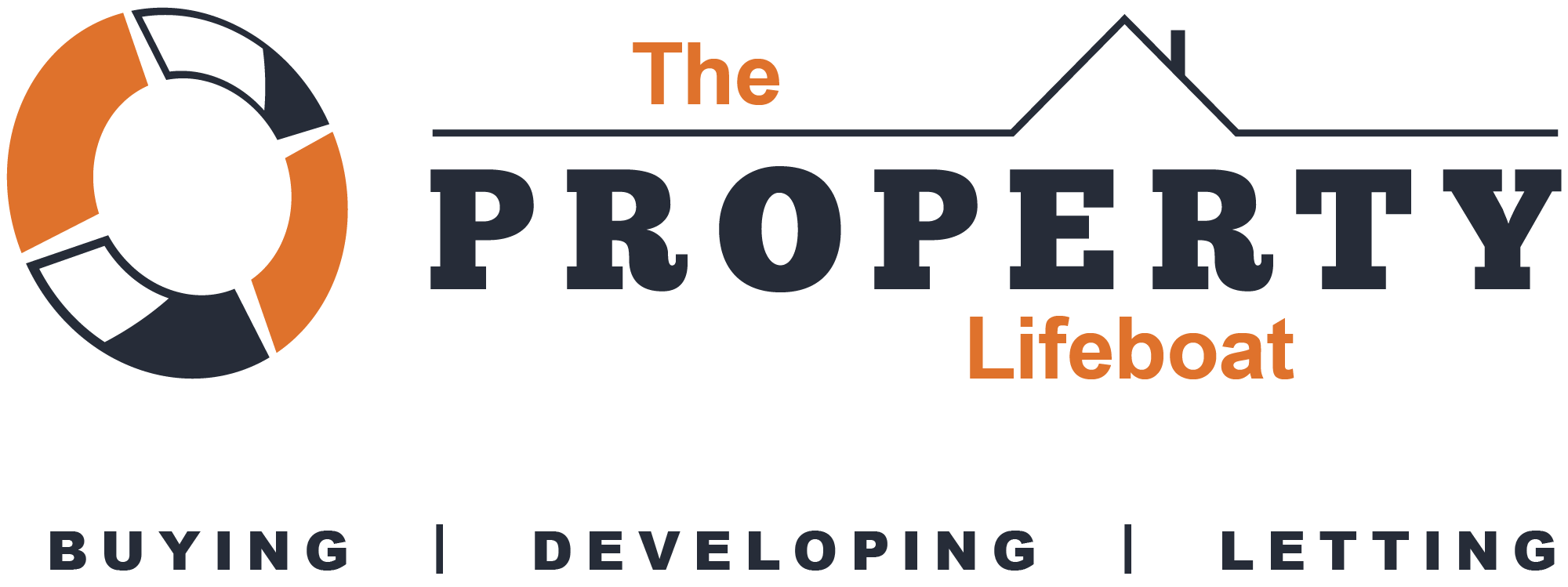
Once you have taken the plunge and decided to start investing in property, almost immediately you will be faced with decision to make regarding opportunities that come along: do I invest or not? It’s crucial at this stage (or ideally before) to take a step back and make sure you know the correct way of conducting due diligence on a property.
In this short article we will arm you with the basics so that you can a) identify a potential area for investment and b) understand the metrics that must be considered for every potential property before taking the plunge.
How to Analyse an Area
This document is focused primarily on Buy-to-Let although the basic principles outlined here are applicable to a wider variety of strategies.
Before starting viewings of your target properties it is important to have identified your strategy (you would be surprised how many people don’t). If you want to invest for income you need to consider the basic principles of supply and demand in any area under consideration. You need to know whether there is a) a suitable supply of properties for rental and b) what the demand for rental property is. Sometimes you will have insider knowledge on a particular area but it is always worth going through these basic steps in any case. Following these basic principles it should be possible to get a ‘feeling’ about an area within 10-15mins from the comfort of your home. You can then focus down on this area by getting out into the field and speaking to the people on the ground who know best: Estate Agents and Letting Agents.
So, the first step before conducting due diligence on a property is to access to a PC/laptop/tablet etc. Open up Rightmove or similar in your browser, then open up a duplicate Rightmove session. In one window you are going to search for properties for sale, in the other you are going to look at what is for rent. In your chosen town or area search for 2 bed properties for sale initially. Make sure you tick the ‘include sold subject to contract (SSTC) box’. You are trying to ascertain three things: firstly whether there is a good stock of regular two up two down properties for sale , second, how buoyant the market is (how well are they selling) and finally what is a typical asking price. Make a note of the number of properties pulled up in your search then modify it so that SSTC properties are omitted. Again make a note of the number of properties pulled up in the search. Divide the first number by the second and calculate the percentage. Anything above 50% SSTC is a reasonably buoyant market. You should find a reasonable supply of property, which will turn over quickly. There may also be a reasonable supply of properties ‘hanging around’ not selling straight away. This means you may be able to pick up a good deal. Make a note of the typical asking price.
Now you need repeat the above exercise for rental properties of the same type. Calculate the percentage. You are looking for a figure of above 50% ‘let agreed’ which will show a reasonably strong rental demand in this area. Make a note of the typical asking rent.
Using the figures of typical rent and asking price for the properties do a quick calculation to work out the likely gross yield you will achieve buying and letting out a property. This is: total gross annual rent divided by property value as a percentage. Anything above 7% is reasonable.
Repeat all these steps looking and specific areas or types of properties until you have shortlisted some areas and/or property types for further consideration. You are now ready to get out into the field.
This is not the end of the story though because there are a number of other figures which are important. In the next section we will go through the metrics that we use on a regular basis to analyse and compare potential investment properties.
Crunching the Numbers
With the new stamp duty regime now well and truly upon us – in some cases adding tens of thousands of pounds to the cost of a property transaction – conducting due diligence on a property is more important than ever. Only in this way can the serious property investor make sure the deal truly ‘stacks’ and not get lured into chasing a particular property that really isn’t going to help them meet their goals, or worse, will lose them money. This post will explain the process of conducting due diligence on a property, take a look at some of the key metrics on a deal that are important to us and explain how they are calculated, why they are important and how we use them.
1) Potential Asset Value
When conducting due diligence on a property, the absolute number one, single most important figure from our perspective is the potential asset value. This may be less important for those of you not in the business of buying assets (e.g. rent to renters) but please stay with us. From our perspective we buy and develop or other wise improve assets and then hold them for income. We need to then leverage these assets with finance, so it is important to know – accurately – what the asset is truly worth or going to be worth, at the end of the project (whatever that project may be). We are not talking about an overly optimistic figure 20% above the ceiling price in the street; or a figure five years from now taking into account ‘capital growth’ but the value on day one of the completion of your project, be that a simple BMV purchase, a refurbishment, or development, or split up of the asset etc.
2) Total Project Costs
The second most important figure from our perspective is the total project cost. This is applicable to a wide range of investment strategies, so it’s important to have a mechanism for working this out on the particular projects you are dealing with. We do mean ‘total costs’ – you have to capture everything! If necessary err on the side of caution but avoid double counting. We find it useful to split the project into three phases so we don’t miss anything: front end costs (acquisition and finance), development and then back end costs. We use models where we can or experience from other projects to help us refine our figures. For complex projects we get quotations from builders. It is tricky at first but you will gradually get more skilled in your particular strategy. Every deal analysed is an opportunity to learn and thus to earn. You make want to read our post on property refurbishment to get an idea of some of the costs you should be taking into account.
3) Profit
This may sound overly simplistic, but once you have worked out potential asset value and total project costs it should be relatively straight forward to do a quick check that the project is actually going to turn a profit. Although we invest for cashflow and income, we always like to make a paper gain as well on the transaction at day one or on completion of the project. The forced appreciation is the additional equity we can then draw out at a later date by refinancing thus enabling our business to grow. Some projects such as HMOs do not always show a day 1 paper profit in terms of increased asset value (depending on cost of purchasing the asset and works done etc.) but will compensate in terms of much larger cash flow. Please note here that we do not treat capital growth as a profit in this sense, it is however the cherry on the cake and we will quite happily take equity out of the project due to capital growth as well!
4) Gross Yield
When conducting due diligence on a property, a lot of investors don’t hold much store in – or even ignore completely – gross yield but we find it a useful rough and ready tool for quickly screening similar projects against each other, e.g. buy to lets. Gross yield is the annual gross income divided by the asset value expressed as a percentage. For instance a property worth £125,000 earning £9000 pa income has a gross yield of 7.2%.
5) Return on Capital Invested: RoCI and net RoCI.
Right, so we’ve found a potentially profitable project that is reasonably high yielding as an asset going forward. Now we get in to the nitty gritty of determining how hard our money is working for us. We look at RoCI in two ways initially. We look at the initial return on the capital as a factor of the day 1 profit made, then we also take a second look at net RoCI as a factor of the year on year income return. Let’s demonstrate these two approaches using a very simple example:
Supposing we found a potential buy to let property on or off the market with an asking price of £125,000. We determined through looking at comparables, our own experience, knowledge of the market etc. that this was the true market value. Through good negotiation we secured this property at a purchase price of £100,000 (discount to market value of 20%). We buy the property using mortgage finance at 75% LTV putting down a deposit of £25,000 (for simplicity we will leave out the other purchasing costs). So, our day 1 RoCI is 100% (we made £25,000 paper profit on our £25,000 invested).
Now, we intend to hold this property (valued at £125,000) for income and let it out. Rental income is £750 pcm, £9000 per year. This would give us a gross yield of 7.2% (9000/125000 x 100) as shown earlier. Our annualised RoCI would be 36% (9000/25000 x 100). However what we are really interested in is net RoCI, that is the actual net return on our money taking into account all the outgoings and running costs of owning the property. So, we do the analysis again stripping out costs. If our net monthly income from the property was £300 pcm, that equates to £3600 pa. Our net RoCI is now 14.4% (3600 / 25000 x 100). Still not bad.
We use net RoCI as a powerful tool to fine tune our analysis and home in on high performing assets.
6) Final net RoCI
Our last analysis on capital invested is conducted on the asset when it has been through one refinancing cycle. For this we look at how the asset will perform when we ‘gear up’. In the example above we have negotiated an additional £25,000 in equity and also we have our deposit monies still invested in the asset. So on day 1 we have £50,000 of equity tied up in the asset. We would like to get hold of all or some of this equity – certainly we would like to get our own capital back out – but how will the asset perform after this? So our models we use for due diligence look at the refinancing cycle. If our asset is worth £125,000 we can potentially increase our lending to £93750 (from an initial £75,000) assuming we are still at 75% LTV. Thus we can ‘pull out’ £18750 of additional equity (after paying off the original mortgage). Let’s see how this works out:
Our capital invested will decrease to £6250 (£25,000 – £18,750), this is good. However, our running costs wil likely increase as we have taken on a higher mortgage. Let’s assume net income drops to £225 pcm, £2700 pa. Therefore our final net RoCI is 43.2% (2700 / 6250 x 100).
7) Yield on Debt
When conducting due diligence on property, we don’t hear many investors talk about yield on debt as being important, but for us it is very important. Typically we try to keep yield on debt across the portfolio at or above 10%. This is basically the gross yield expressed as income divided by debt. So in the example we have been looking at initial yield on debt is 12% (9000 / 75000 x 100), then after refinancing this drops to 9.6% (9000 / 93750 x 100). We use yield on debt to check how robust an asset is to interest rate rises on the debt we hold against it. During the last property cycle many investors came unstuck because their yield on debt was too low (remember the days of 95% and 100% LTV mortgages?), so when interest rates began to rise their investments quickly became liabilities.
Conclusion
So there you have it. A whistle stop tour of the metrics that are most important to us when conducting due diligence on a property. We use these to screen within groups of similar potential investments so we keep focused and avoid viewing properties or projects that are not going to help us achieve our goals. We can also compare a wide variety of assets if necessary. Keep focused on your due diligence through these difficult times and you will gradually get attuned to opportunities that fit your specific criteria.
As always do get in touch if you have any questions or want to know more about our activities.
FREE 'Common Property Investing Mistakes' guide.

We have created a free guide to help you get going on your property investment journey. This invaluable guide includes the most common property investing mistakes. The guide is completely FREE and you can claim your free guide by clicking here.

